For the longest time, mothers-to-be were told that exercise during pregnancy was contraindicated. No exercise beyond walking. No lifting weights. Thankfully, those times have come and gone. Working out during pregnancy has proven benefits throughout every trimester. Whether you were inactive before getting pregnant or were an elite athlete, there is no time better than now to lace up your sneakers and get moving—for your health and your baby’s.
How Many Exercises Should I Do During Pregnancy?
Research has shown that pregnant women who exercise in moderation are less at risk of developing gestational diabetes, have shorter labors, less constipation, and less swelling in the ankles. The guidelines for activity that the American College of Obstetricians and Gynecologists (ACOG) suggests are getting at least 30 minutes or more of moderate intensity exercise a day, if not every day of the week. Now, those 30 minutes can be a number of activities, including 10-minute walks, 3 times a day, or a straight 30 minutes on the recumbent bike at the gym. Even 15 minutes of housekeeping and 15 minutes of gardening can count towards your goal. The important thing is listening to your body.
If you were physically active prior to getting pregnant, it’s suggested to continue doing as you would normally but with modifications. For example, you wouldn’t want to do HIIT in your second trimester but instead switch to lower intensity aerobic intervals, such as barre classes or similar exercises (which will be discussed later). Don’t let your heart rate exceed 140 beats per minute.
For those who never exercised regularly, consult first with your obstetrical provider. Don’t try anything new and strenuous on the body.
What Are The Best Cardio Exercises For Pregnant Women?
The recommended aerobic exercises include swimming, water aerobics, walking, running, group dance classes, and indoor cycling.
Swimming is ideal, because water takes the pressure off your joints, relieves pregnancy nausea, sciatic pain, and puffiness.
Ellipticals and stair climbers are safe during pregnancy. Be sure to adjust the speed, incline, and tension to avoid raising the heart rate above 140 bpm. As your pregnancy progresses, you will want to lighten the resistance.
As for group exercises classes, dance workouts like Zumba are excellent for newbies and those looking to sweat a little. Keep in mind that, as with any aerobic exercise, that as your belly expands, your center of gravity is going to be thrown off. You will need to avoid jumping, high-impact movements, and jarring motions like twisting as you advance towards the delivery date.
Other group exercise classes you can do while pregnant include:
- Pilates – Classes tailored to pregnant women are available that help lengthens and strengthens the muscles of the core and body while improving aches and pains.
- Yoga and Prenatal Yoga – Stick to prenatal yoga and hatha yoga so that the postures will focus more on deep breathing and relaxation rather than a workout. Avoid backbends, inversions, and Bikram.
- Tai Chi – this ancient form of meditation focuses on slow movements that lower the risk of injury and help you strengthen your mind-body connection. There are pregnancy-specific classes available. Otherwise, talk to the instructor for any modifications.
- Barre – a mix of ballet, Pilates, and yoga, barre is perfect for expecting mothers because you have a barre or chair to help you balance, and you can focus the core and lower body without too much jumping or high-intensity movement.
Is It Safe To Lift Weights During Pregnancy?
Yes, it is safe for women to lift weights during pregnancy, but on one condition. You should stick to lighter weights or do calisthenics (bodyweight). Regardless of what you do, keep in mind that you are more at risk of musculoskeletal injury. During pregnancy, the hormone relaxin, which is produced by the placenta, causes the joints to relax more. Because of this, the pelvis can expand to accommodate the uterus and baby, but it also means ligaments, tendons, and joints are more vulnerable to strains and sprains.
Moreover, repeatedly lifting heavy weights during pregnancy will divert blood flow from the uterus and to actively working muscles, which could deprive the growing baby of oxygen and nutrients.
So, how light should you go? Women who have been lifting heavy are encouraged to stick to weights 30 pounds and under. If you’re unsure about what weight to lift, you can instead try resistance bands and bodyweight exercises, simply due to adaptability.
Other things to keep in mind are the exercises you are doing. Laying on your back during the second and third trimesters is dangerous because the vena cava vein can be blocked off, harming the baby. Modify exercises that would normally put you into prone positions by changing to sitting or upright postures. For example, instead of deadlifts, use the bench for support and do bent over rows. Avoid machines that would press against the stomach or anything that increases the curve of the low spine.
What Exercises Should Pregnant Women Avoid?
Now that you know what you can do while pregnant, here are some activities to avoid:
- Any activity where you hold your breath for extended periods (dipping your head underwater while swimming is okay)
- Activities with the likelihood of falling, such as skiing, snowboarding, plyometrics, or horseback riding
- Contact sports like football, basketball, volleyball
- Any exercise that could cause abdominal trauma as a result of rapid twisting or jarring movements
- Activities that require excessive jumping, skipping, bouncing, and hopping
- Bouncing while stretching
- Deep knee bends, full sit-ups, double leg raises, straight toe-touches after the first trimester
- Scuba diving
- Lying on your back or right side for more than 3 minutes, especially after the 3rd month of pregnancy.
What Conditions Contraindicate Exercise During Pregnancy?
Mothers-to-be who have medical conditions need to be especially careful when exercising while pregnant. If you have heart disease, Type I diabetes, asthma, or something similar, your doctor will advise you to avoid too much physical activity. Other conditions that could worsen with exercise during pregnancy include:
- Periodic bleeding and spotting, particularly during the second and third trimester
- Weak cervix
- Restrictive lung disease
- Risk of premature labor
- Placenta previa after 26 weeks of gestation
- Preeclampsia (pregnancy-induced hypertension)
- Ruptured membranes
- Poorly controlled seizure disorder, hypothyroidism, cardiac arrhythmia, anemia
- Orthopedic limitations
Final Thoughts
Lastly, make sure you are comfortable. Stay cool, wear loose clothing, and listen to your body. If you are new to exercise, start slow, and be patient with yourself. Your body is going to undergo rapid changes. Taking your exercise routine week-by-week is essential to keeping you and your child healthy.
There are hundreds of ways to stay fit during pregnancy, even if you have never worked out a day in your life. By understanding what is unsafe and what is available to you will help you make the right decisions. Always discuss your plans with your OBGYN to ensure that you are not being too hard on yourself. Most of all, have fun!
Enjoyed reading this guide for working out while pregnant? Want more? Fill out the contact form to get updates straight to your inbox!
The post The Pregnancy Workout Guide: Who Said Mom’s Can’t Still Train? appeared first on Gaspari Nutrition.
























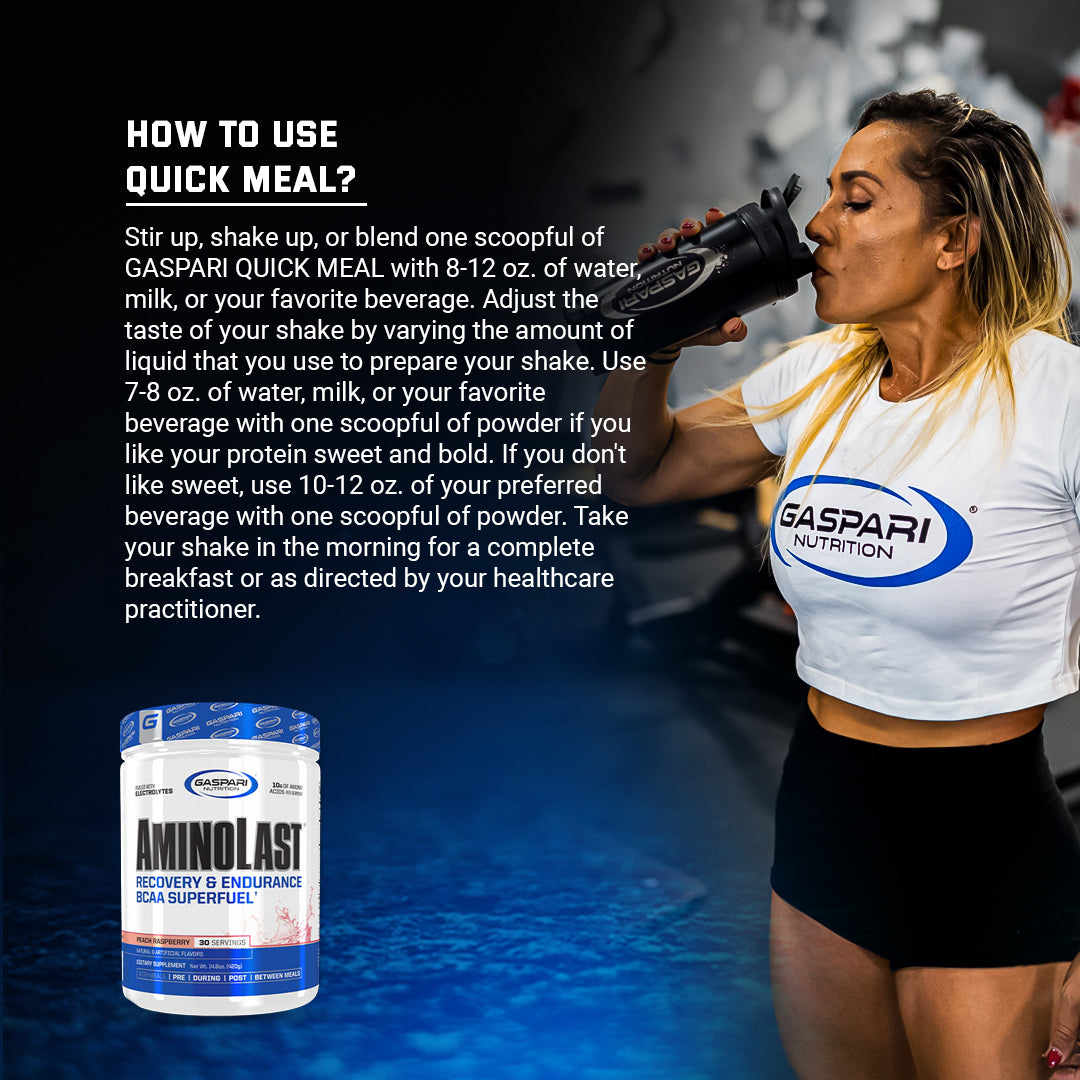






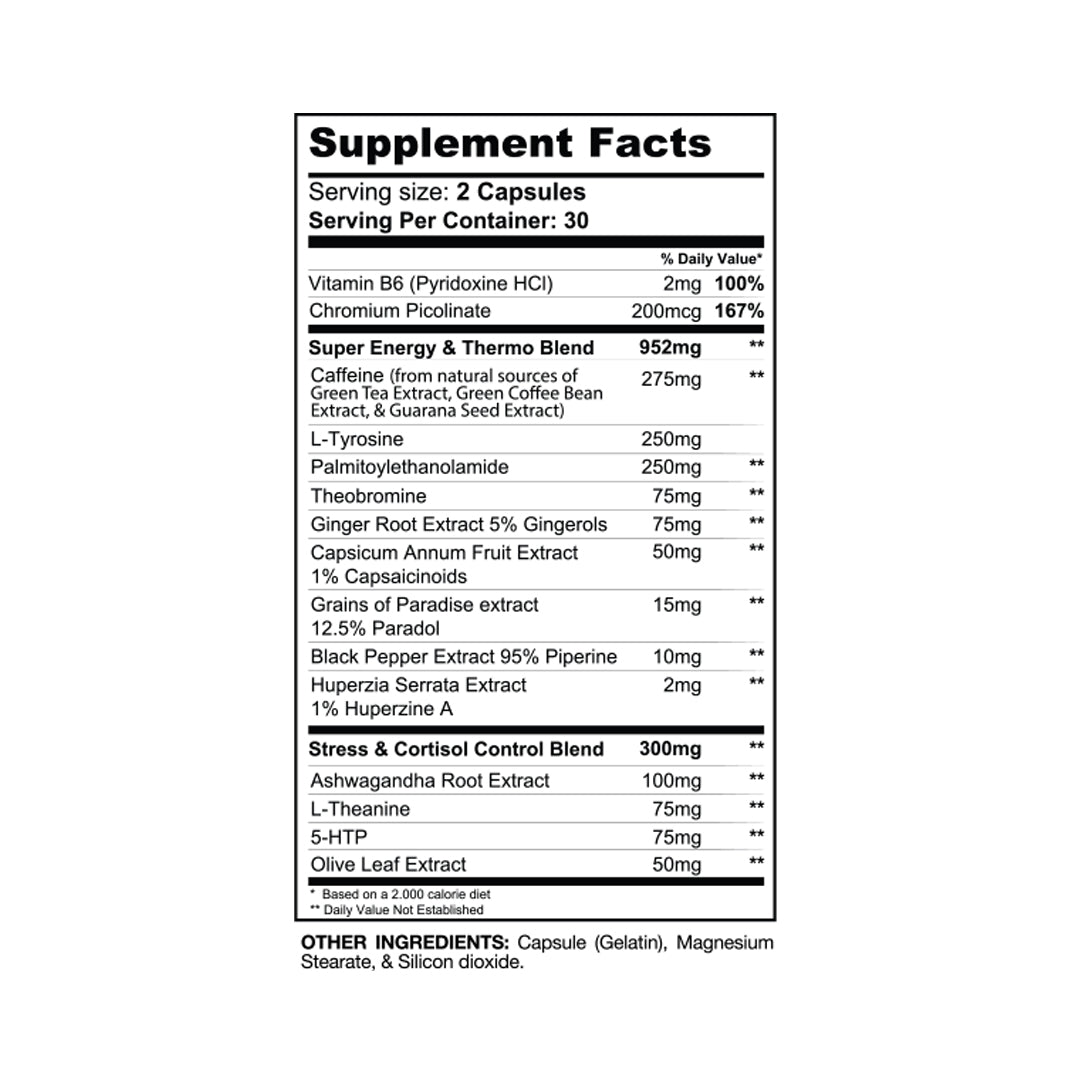






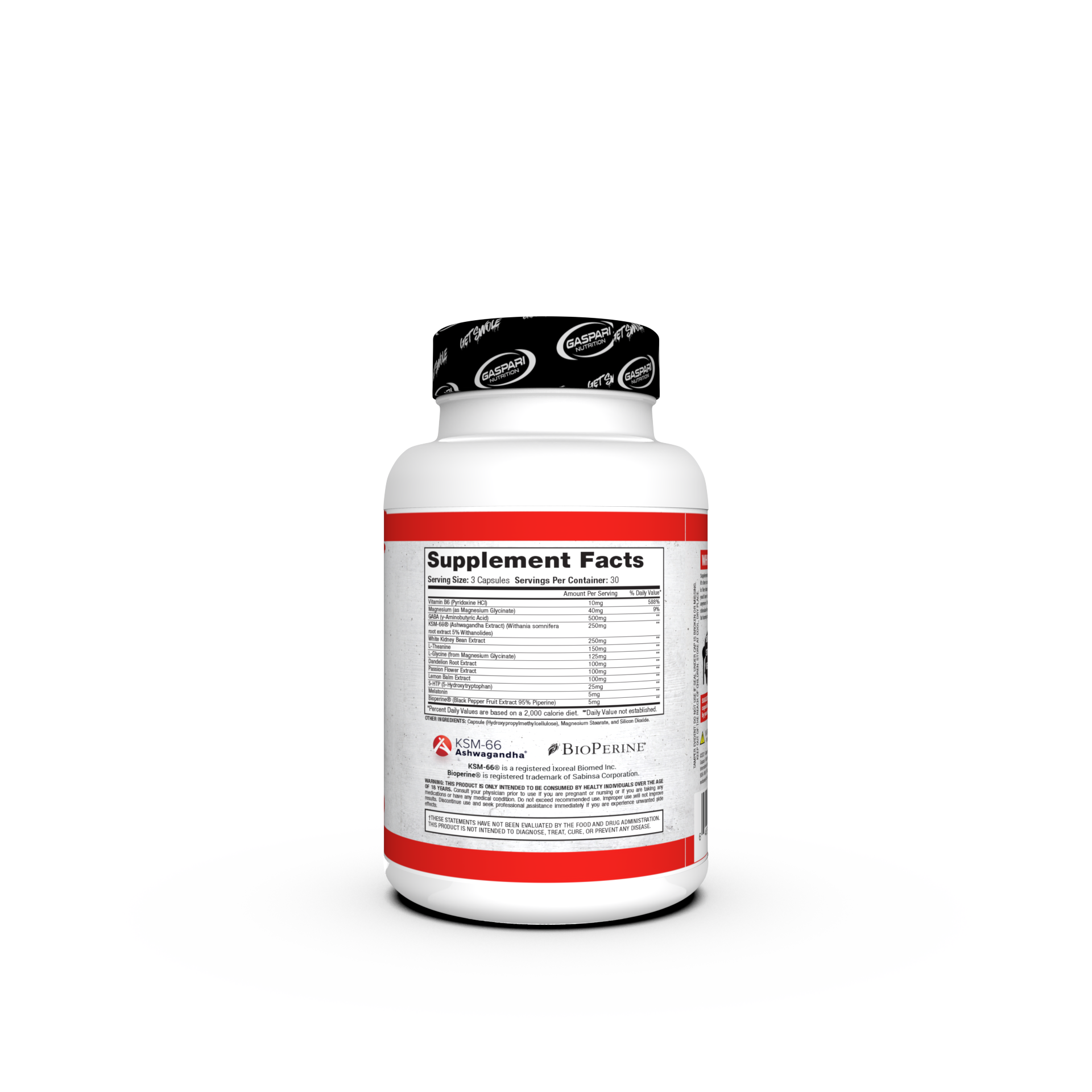



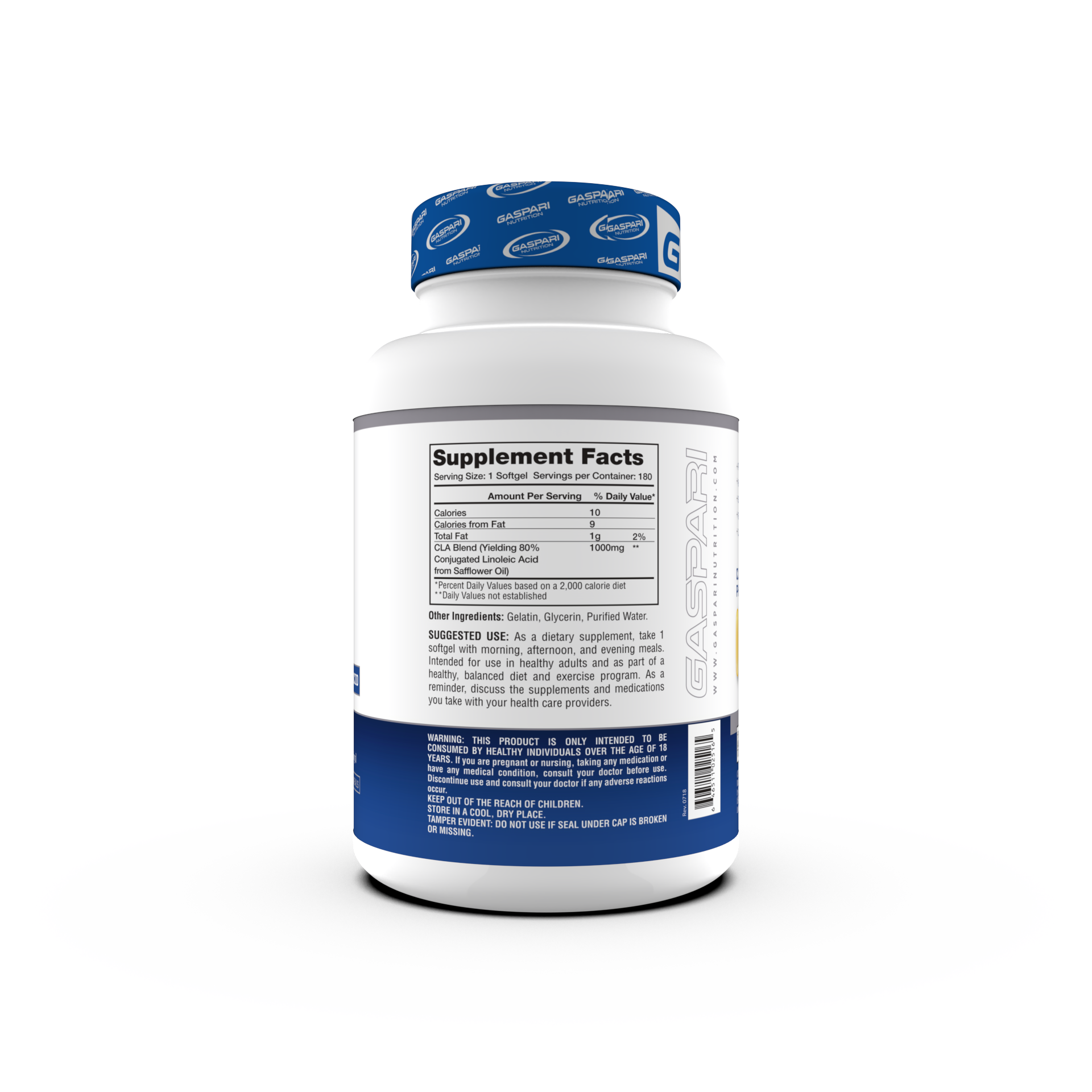















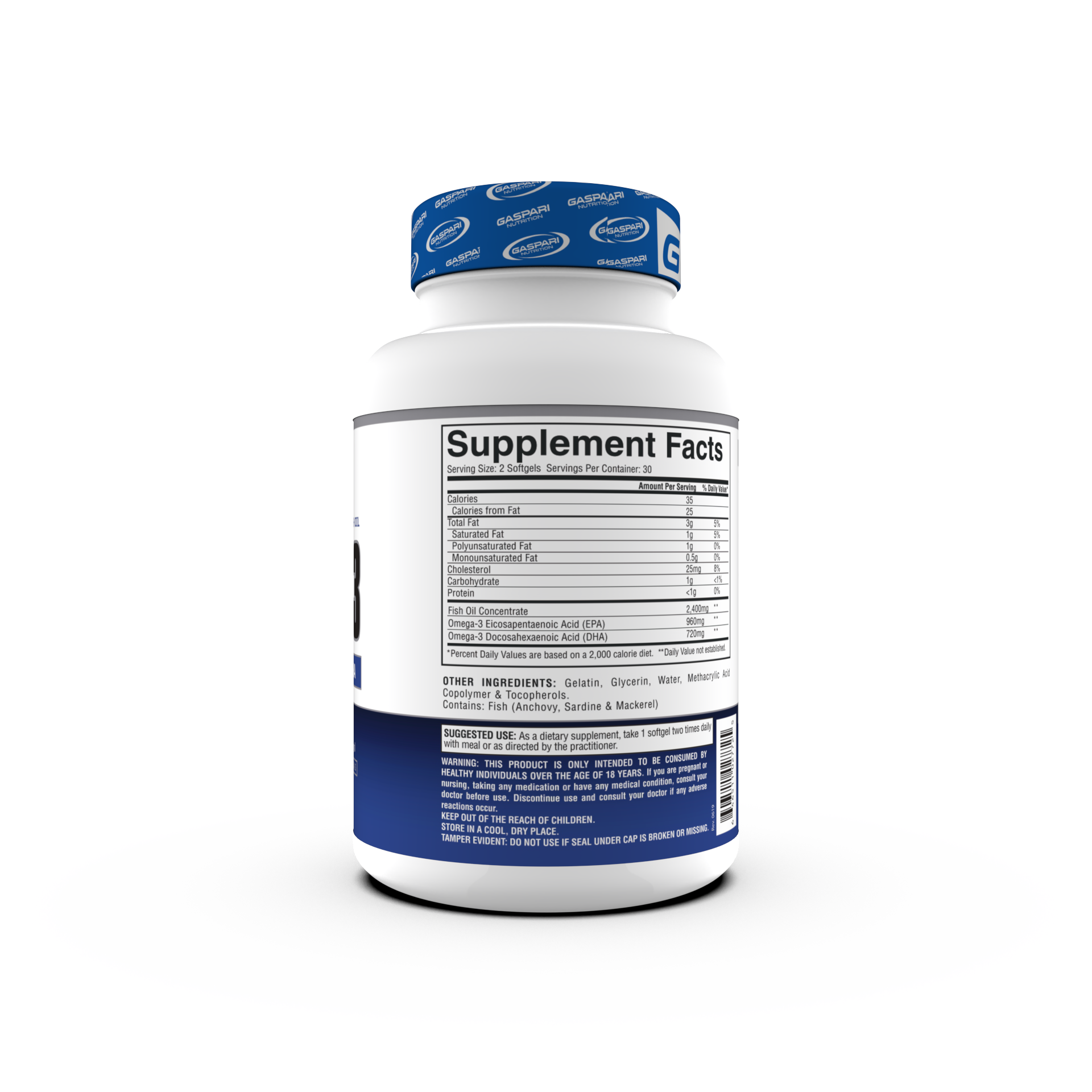




















Share:
Muscle Recovery 101
How To Train Like A Olympic Athlete